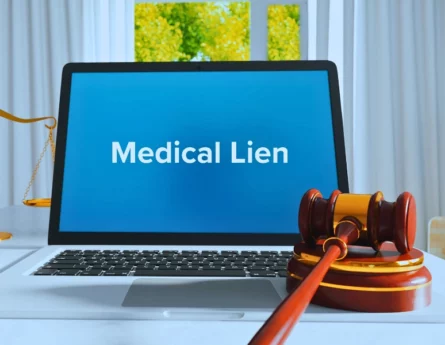Chiropractic care is widely recognized for its effectiveness in treating musculoskeletal conditions, especially those related to the spine, joints, and soft tissues. However, when it comes to accident victims—whether from car crashes, workplace incidents, or slip-and-fall injuries—chiropractic care often takes on a more strategic approach. These patients present unique considerations that go beyond routine back or neck pain. Understanding how chiropractic care differs for accident victims can help providers tailor treatments more effectively and support patients through both physical and legal recovery processes.

A Trauma-Informed Approach
Unlike typical chiropractic patients who may seek care for chronic discomfort, poor posture, or lifestyle-related strain, accident victims often arrive with acute injuries resulting from sudden trauma. These cases demand a more cautious and trauma-informed approach. Whiplash, concussions, herniated discs, and soft tissue damage are common, and symptoms may not be immediately evident. Chiropractors must be thorough in their assessments to detect latent or developing issues and avoid exacerbating hidden injuries.
Comprehensive Initial Evaluations
Evaluating accident victims requires a more detailed intake and diagnostic process. Chiropractors often conduct extensive physical exams, order imaging (such as X-rays or MRIs), and perform neurological and orthopedic testing to identify the full extent of injuries. This comprehensive evaluation not only guides the treatment plan but also serves as critical documentation for associated personal injury claims.
Accurate, objective documentation is essential. Notes must clearly reflect injury severity, functional limitations, and progress over time. Attorneys and insurance companies will closely scrutinize medical records, making consistency and clarity paramount.
Emphasis on Soft Tissue Injuries
Soft tissue damage—strains, sprains, bruising, and inflammation—is common in accident victims and can linger for weeks or months. Chiropractic care for these patients often includes techniques specifically targeting these injuries. Adjunctive therapies help reduce pain, improve circulation, and accelerate tissue healing alongside spinal adjustments.
Gradual and Adaptive Care Plans
In standard chiropractic care, patients may receive frequent spinal adjustments early in the treatment process. With accident victims, however, care must be more adaptive and responsive to how the body reacts. Initial treatments may focus more on pain reduction and mobility restoration before progressing to spinal manipulations or corrective exercises. Treatment plans are regularly adjusted based on progress and feedback, often in collaboration with other healthcare providers such as physical therapists, orthopedists, or neurologists.
Legal and Insurance Considerations
Chiropractors treating accident victims often find themselves involved in the legal side of healthcare. Many patients are pursuing personal injury claims and may be working with attorneys. This adds an administrative component to care—providing detailed reports, possibly serving as an expert witness, and ensuring documentation supports causation, necessity of care, and expected outcomes.
Billing is also different. Treatments are often paid through third-party insurance, and chiropractors must be familiar with pre-authorizations, lien agreements, and proper ICD coding to ensure reimbursement.
Psychological Sensitivity
Accident victims may be dealing with emotional trauma, anxiety, or post-traumatic stress in addition to physical pain. A chiropractor’s ability to create a supportive and reassuring environment can impact a patient’s comfort and recovery. Taking time to explain procedures, set expectations, and listen empathetically helps build trust and improves adherence to care.




